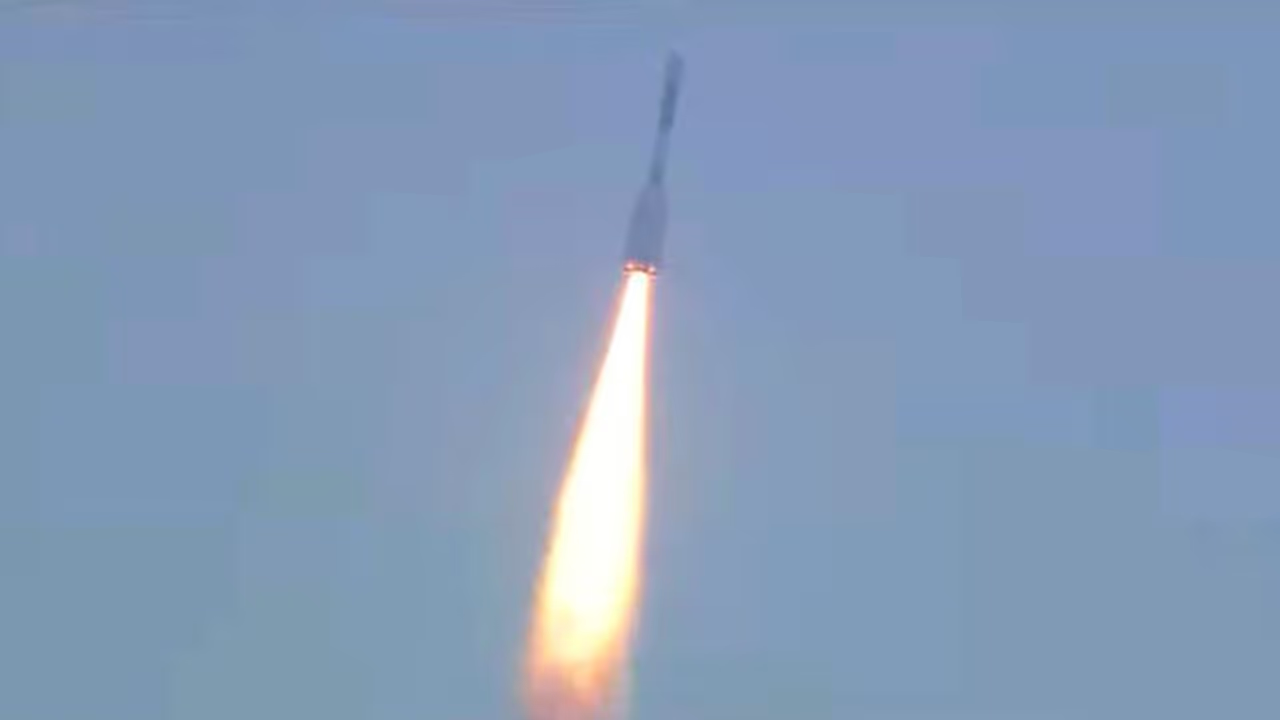The NavIC signals have been designed to provide user position accuracy better than 20 meters and timing accuracy better than 50 nanoseconds. The Geosynchronous Satellite Launch Vehicle, standing at 51.7 meters tall, carried the navigation satellite NVS-01 weighing 2,232 kg on Monday at 10:42 am.
The Indian Space Research Organisation (ISRO) successfully launched a navigation satellite aboard a GSLV rocket. This launch holds great significance as it marks the deployment of the second-generation navigation satellite series, ensuring the continuity of NavIC (Navigation with Indian Constellation) services.

NavIC is an Indian regional satellite navigation system, similar to GPS, providing accurate real-time navigation within India and a region extending 1,500 km around the mainland.
The NavIC signals have been designed to provide user position accuracy better than 20 meters and timing accuracy better than 50 nanoseconds. The Geosynchronous Satellite Launch Vehicle, standing at 51.7 meters tall, carried the navigation satellite NVS-01 weighing 2,232 kg on Monday at 10:42 am.
The launch happened from the second launch pad at the Satish Dhawan Space Centre (SHAR), located approximately 130 km from Chennai.
Approximately 19 minutes after liftoff, the rocket placed the satellite in a geosynchronous transfer orbit (GTO) at an altitude of around 251 km, as stated by ISRO. The NVS-01 satellite carries navigation payloads for L1, L5, and S bands.
In addition, the second-generation satellite will incorporate an indigenously developed rubidium atomic clock, a technology possessed by only a few countries. This launch will be the first time that an indigenously developed rubidium atomic clock is utilized, a significant achievement for ISRO.
Previously, imported rubidium atomic clocks were used by ISRO to determine date and location. However, the rubidium atomic clock developed by the Ahmedabad-based Space Applications Centre will now be employed in Monday's launch.
ISRO emphasizes the importance of this technology and its contribution to meeting the positioning, navigation, and timing requirements of the country, particularly for civil aviation and military purposes. The NavIC system, formerly known as the Indian Regional Navigation Satellite System (IRNSS), consists of seven satellites and a network of ground stations operating 24x7.
NavIC offers two services: the Standard Position Service (SPS) for civilian users and the Restricted Service for strategic users. The NavIC SPS signals are interoperable with signals from the US GPS, Russia's Glonass, the European Union's Galileo, and China's BeiDou. Some of the applications of NavIC include terrestrial, aerial, and maritime navigation, precision agriculture, location-based services on mobile devices, and marine fisheries, among others.
The mission marks the sixth operational flight of the GSLV with an indigenous cryogenic stage. The NVS-01 satellite is expected to have a mission life of over 12 years, according to ISRO.

